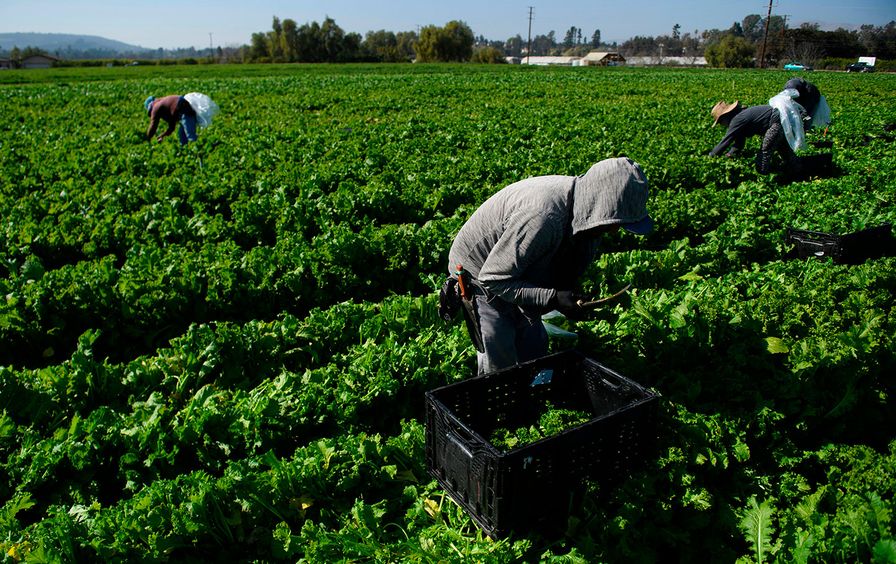As might be expected, lots of good writing about the political and legal drama surrounding OSHA’s recently issued (and blocked) COVID-19 Vax-or-Test Standard.
OSHA’s Uphill Road to Protecting Workers from COVID-19: Less than two days after it was issued, OSHA’s Vax-or-Test Emergency Temporary Standard was blocked by a Federal Appeals Court. This is only the first battle of a long war. Many fear that although the standard stands on firm legal grounds, it still faces an uphill battle which could end up undermining the federal government’s ability to regulate workplace safety and health. “That’s because the petitioners in BST Holdings raise legal arguments that, until recently, were considered quite radical, but that are catnip to the conservative Republicans who currently dominate the federal judiciary and especially the Supreme Court,” according to
Cutting Off Their Own Noses: OSHA’s recently issued Vax-or-Test Emergency standard would arguably help businesses — especially those who want to lure customers into safer stores, and those who think vaccine mandates are a great idea, but fear the political blowback. They’re happy that OSHA is taking the heat for them. Even the Chamber of Commerce has had a surprisingly moderate reaction to the OSHA standard. But some business associations — like the National Retail Federation — are teaming up with right-wing anti-labor ideologues to use bogus arguments to fight the standard in court. Unfortunately some conservative judges are listening. Tim Noah outlines the sordid situation for The New Republic.
What is the Impact of COVID-19 on Workers? How many people were infected with COVID in the workplace and what factors led to those infections? We don’t know because no one was keeping track. Here are some important lessons for next time. Three international experts on workplace health, PUniversity of Toronto, University of Manchester and School of Public Health discuss the Lessons from COVID-19 for the next pandemic: We need better data on workplace transmission.
It’s Hot Out There: Farmworkers suffer from serious and often life-threatening heat-related illnesses. If they work on a piece-work bases, breaks cost them money. The don’t want to drink too much because bathroom breaks cost them money. And they can’t complain, because they’ll get fired — or deported if they’re undocumented. Indoor workers in uncooled factories and warehouses are also at risk. Meanwhile, prevention of heat-related illness is no mystery, but there’s no federal OSHA standard to force employers to protect workers. Happily, earlier this year, OSHA launched and effort to issue a standard to protect workers from exposure to hazardous levels of heat. But how long will it take OSHA to issue a final standard? Decades? Bryce Covert writes about heat for The Nation, as well as the efforts of activists, OSHA and Congress to protect workers.
Killing Themselves to Own the Libs: In case you haven’t noticed, the fight to control COVID has become highly politicized in this country, with Republicans tending to be less than enthusiastic about masks, quarantines and vaccines — especially vaccine mandates. But it turns out that their their skepticism and misinformation may not just harm others, but may also be harmful to their own health — and their lives. A New York Times analysis shows that people in counties that voted for Donald Trump were three times as likely to die of COVID-19 than people in counties that voted for Biden. “This situation is a tragedy, in which irrational fears about vaccine side effects have overwhelmed rational fears about a deadly virus.”
Irrational Fears Don’t Appear Out of Thin Air: Misinformation abounds about COVID-19 and especially vaccines. And there’s a reason for that. According to a poll by Kaiser Health News, 60% of Americans say they believe or have heard (and don’t know if it’s true) that the government is exaggerating the number of COVID-19 deaths by counting deaths due to other factors. Thirty-nine percent believe that pregnant women should not get the COVID-19 vaccine or aren’t sure, and 31% believe that the vaccine has been shown to cause infertility or aren’t sure if it’s true. What do people who believe false information have in common? Their primary news sources are Newsmax, One America News (OAN), or Fox News.
